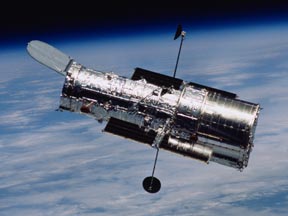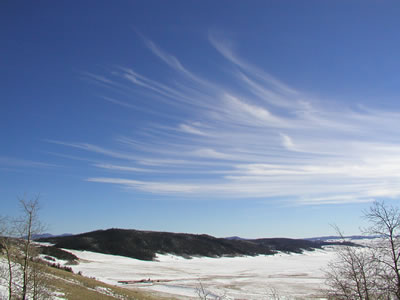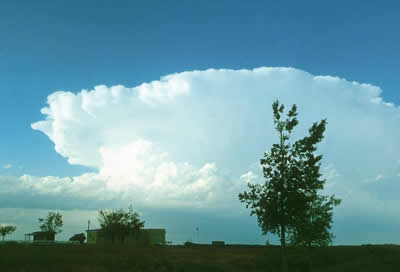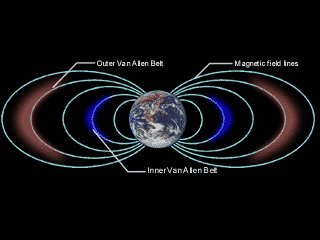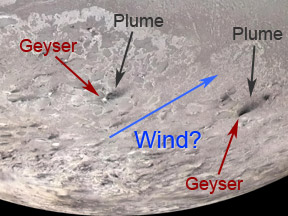Click on image for full size
Related links:
Does the ionosphere count as another layer?
Image showing the temperature of the atmosphere throughout different layers
Image showing what man-made and natural phenomena occur in each layer of the atmosphere
Image showing the layers of the atmosphere with emphasis on the ionized layers
Layers of the Earth's Atmosphere
The atmosphere is divided into five layers. It is thickest near the surface and thins out with height until it eventually merges with space.
1) The troposphere is the first layer above the surface and contains half of the Earth's atmosphere. Weather occurs in this layer.
2) Many jet aircrafts fly in the stratosphere because it is very stable. And the ozone layer absorbs harmful rays from the Sun here.
3) Meteors burn up in the mesosphere .
4) The thermosphere is a layer with auroras. It is also where the space shuttle orbits.
5) The atmosphere merges into space in the extremely thin exosphere. This is the upper limit of our atmosphere.
![]() Related items in our online store:
Related items in our online store:
- The Earth Scientist, Volume XXV, Issue 3, Fall 2009, "What Can High School Students Discover Experimentally about the Evolution of the Atmosphere?" by James Signorelli
- The Earth Scientist, Volume XXVI, Issue 2, Summer 2010, "River Enhanced Snow Bands on the Mississippi River", by Andy Ervin








